
Political scientists used to be interested in the extent to which bellicose (or cooperative) foreign policy behavior influenced other countries’ foreign policy behavior. The existence of the post-World War II nuclear world/Cold War and Lewis Fry Richardson’s arms race model led some scholars to estimate governments’ reactions to one another’s bellicose and cooperative foreign policy (e.g., MD Ward 1982; 1981 [gated]). The demise of the Cold War has largely relegated this work, which had never gained considerable attention, to the dustbin, which is a shame.
It seems to me that the recent tensions between North and South Korea provide reason to reflect on that work. The “crisis” has garnered considerable attention: the US Council on Foreign Relations has produced a Crisis Guide: The Korean Peninsula, and coverage aggregation pages can be found at the websites of the major international news outlets. Andrew Kydd recently posted on this blog an assessment that the crisis is largely North Korean driven, and unlikely to be of great concern. This seems to be a fairly widely shared view (e.g., Damien Tomkins at Foreign Policy), but Scott Wolford recently posted on his blog an argument drawing on his research (here and here) that he calls the Turnover Trap, which strikes me as considerably more compelling. According to Wolford, “both sides in this interaction—the new leader and her opponent—have every incentive to ratchet up tensions.”

Wolford argues that a leader new to office has an incentive to establish his mettle (i.e., resolve) by engaging in costly, but not too costly, behavior. Ratcheting up tensions — rattling one’s saber by engaging in provocative military exercises, making provocative threats, etc. — is not strictly “cheap talk” because it raises the risk of war. Wolford argues that true “doves” will find it too costly to continue to raise the stakes in such a saber rattling contest. This is important because it leads Wolford to argue that both sides of a rivalry have an incentive to rattle their sabers when a newbie arrives in office: while the newbie needs to establish his mettle, the veteran wants to know whether the newbie is a “dove” or a “hawk,” and to smoke out the newbie the veteran can rattle her saber and watch how the newbie responds. If the newbie folds, he is a “dove.” If not, he is a “hawk.” Either way, the newbie’s type is revealed and the veteran will be able to use that information in future “crisis bargaining” with the newbie.
“What does this mean for tensions on the peninsula? Let’s note first that both North and South Korea have relatively new incumbents… So we’ve got two new leaders with dual incentives to ratchet up tensions on the peninsula.”
That’s a rather different explanation than what I have seen elsewhere, which focuses exclusively on North Korea, though Wolford forecasts a similarly sanguine conclusion, saying this Dual Turnover Trap:
“need not portend war, even if raising tensions really does say something more meaningful than mere cheap talk; both sides merely want to demonstrate how willing they are to countenance it, not actually get into a scrape. In fact, costly signaling and reputation-building are designed to produce more favorable peaceful outcomes. However, actions like this often come with a price tag of some elevated (albeit from a very low baseline) risk of conflict. Once each side learns a sufficient amount about the other, though, we should expect to see tensions winding down—barring, of course, any other shocks to the system.”
What the heck does any of this have to do with Richardson-type models of foreign policy behavior, the topic of the first paragraph of this post? Unlike virtually all other statistical IR studies, the coefficients in these models reveal information about states’ behavioral responses to other states’ behavior (behavior is almost exclusively modeled statistically as a function of structures: things that individual actors cannot unilaterally change or do). Wolford’s argument suggests that when a leadership change occurs in a country that has an international rival, both the newbie and the veteran will have greater bellicose responsiveness to one anothers’ behavior than the two countries did prior. Further, it suggests that the bump in bellicose responsiveness will be short lived. Richardson-type models permit one to estimate bellicose responsiveness: that is precisely what the coefficients represent (see Ward’s early work, and the studies he cites or cite his work).
Fair warning: this is the part where I go all “stats geek” on you. We can say something more precise than the above: what Wolford’s argument specifically suggests is that the bellicose responsiveness of states varies as a function of the entry of a new leader into office in countries that have long standing disputes with one another. One can build a random coefficient variant of a Richardson-type model to estimate this across many countries. If Wolford is correct, then the period after a newbie enters office should produce an increase in that coefficient, which should then dampen over time. Political scientists generally, and IR scholars in particular, estimate few random coefficient models (aside from fixed/random effects, though see S Rajmaira & MD Ward 1990 [gated]). I suspect that this has largely due to the conjunction of limited computing capacity (which has effectively dissipated) and relatively weak (non-specific) theories (which are also beginning to wane). We may well see more and more explanations of this sort coupled with statistical models that permit coefficients to vary as a function of covariates.
@WilHMoo

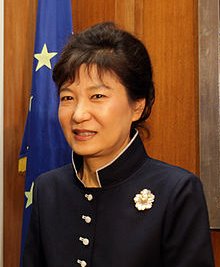

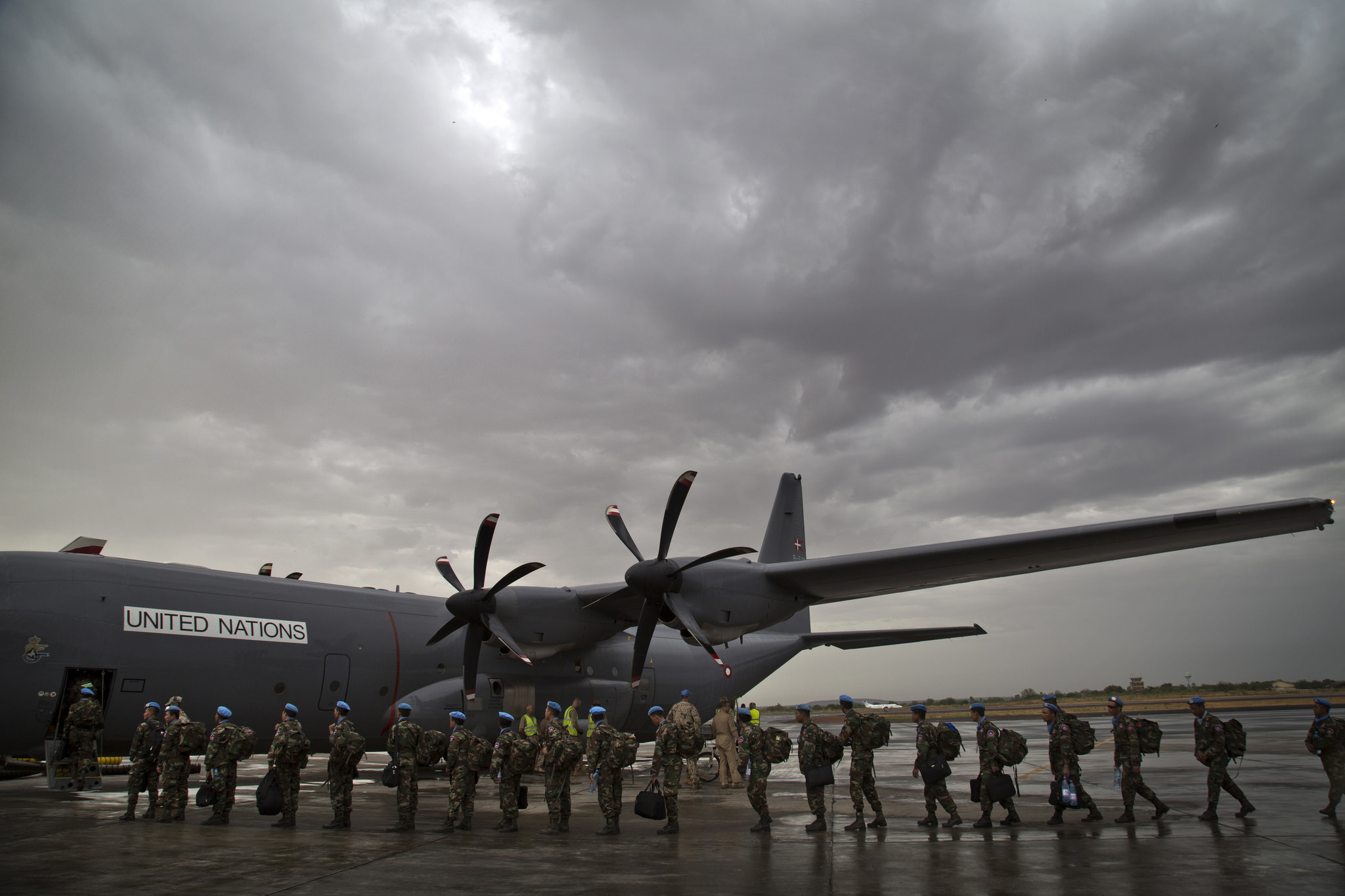
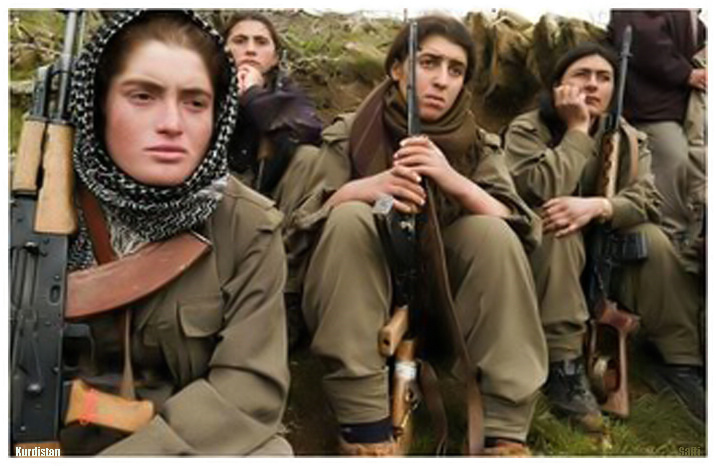
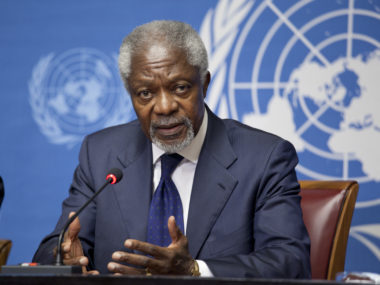
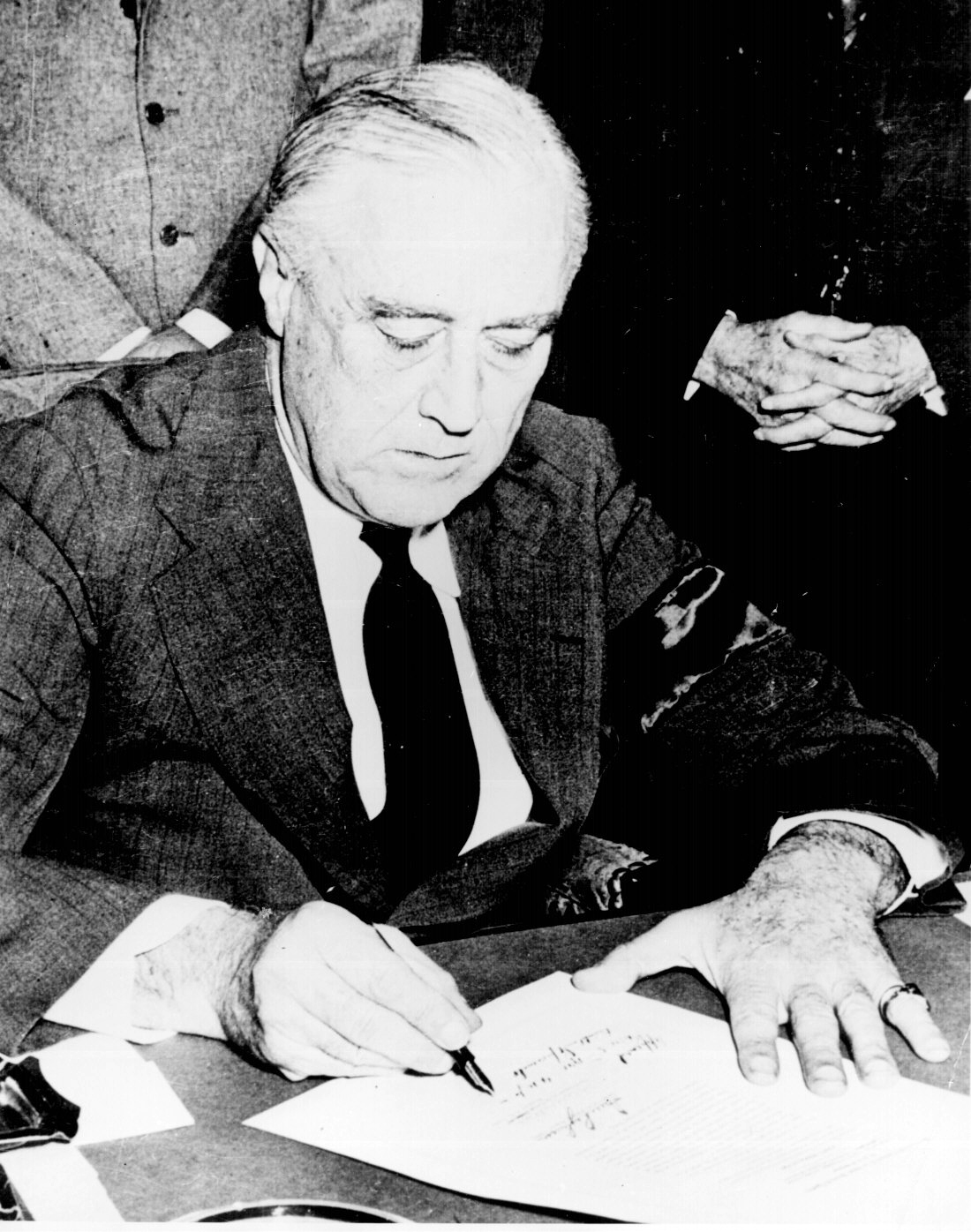
4 comments
Will,
Very interesting, and I’m sure there is something to it. New leaders come in with a greater variance around their potential type, hence there may be a period of enhanced signaling. However, we need to control for ideology and specific foreign policy ideas. To use Jervisian terms, deterrence modelers would think and behave as your “newbies” do, demonstrating toughness to deter predation. Spiral modelers might try to break out of the conflict cycle via reassurance. When Kim Dae Jung came to power in 1998 he inaugurated the “sunshine” policy, which led to the 2000 summit with Kim Jong Il. Gorbachev made some tough sounding moves and increased military spending, but also began offering reassuring signals almost immediately on taking office, which turned out to be the correct indicators for where he was going. Ken Schultz’s 2005 International Organization piece has some insights here. He argues that moderate hawks deliver the olive branch. Not clear if either Park or Kim are such.
Andy